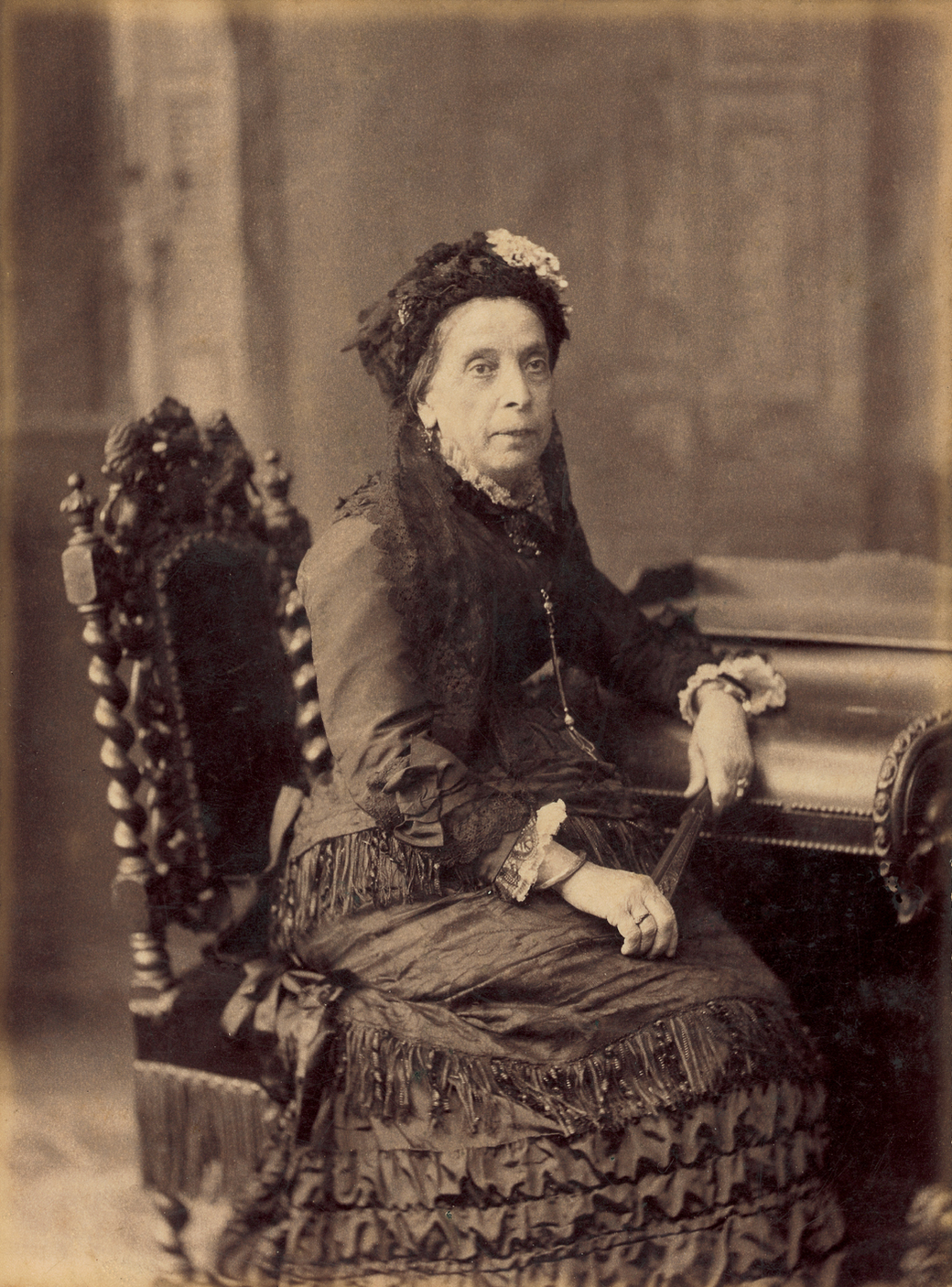The Return of D. Antónia
It is in times of crisis, such as the one we are going through, provoked by the vile actions of the Lisbon Republicans, that the hearts of the faithful grow fonder and rise to heaven. To understand the procession that spontaneously brought together more than ten thousand people today, we must go back five months to the humble home of the caretaker of Quinta Dona Augusta, from Casa Sandeman.
It was raining heavily, and the wind shook the roof under which Manuel Silva gathered with his family for supper. At the table, neither bread, nor soup, just the withered roots of a vine planted less than a year ago. Suddenly, through the door flung wide open by a powerful unexpected storm, a silhouette in a long dress could be glimpsed, cut out between the rain and the intermittent lightning that had begun to fall. In her hands, the figure in black carried a carrycot, which she poured onto the table, covering it with endless delicacies. Moved by fear, Manuel and his family immediately prostrated themselves on the ground, hands raised, thanking the Heavens for the help they had received. The youngest of the family, eager and curious as any child of the Crown, dared to look up at her benefactor’s face, recognising her features from one of the ‘Heroes of the Nation’ pictures. When the figure in black left the house, a name escaped the little girl’s lips: D. Antónia Ferreira.
That night, three other families witnessed in their homes the appearance of the Douro’s lady, bringing food to comfort them. Over the next few nights, four dozen families spotted Ferreirinha wandering through the vineyards. One must recall that, if D. Antónia were alive, she would be now 109 years old.
However, the biggest appearance came at the meeting of the Real Comissão Nacional Vinhateira. The work agenda stretched well past sunset when, to everyone’s surprise, D. Antónia announced herself and took her favourite chair, leading the agenda and proposing a life-saving action plan. Instead of using American vines, she proposed a new variety, the vine from Santiago do Douro, a plant with marvellous properties found by a pilgrim on the road to Compostela, who, when he slipped on a cliff and fell into the waters of the Couro, leaned on the foot of the plant. After sharing the story, D. Antónia got up and left the room, never to be seen again. When the Real Comissão contacted Ferreirinha’s heirs, they not only confirmed the story, but also informed them that, according to orders left in her will, they already had a plantation of Santiago do Douro vines ready for grafting.
The miracle plant soon proved its worth, saving hundreds of endangered crops and doubling production. At the sign of the first improvements, masses and rosaries were organised in honour of the woman who is now known as Blessed Ferreirinha. The King has already sent the Vatican the reports and evidence of the events that are on the lips and hearts of the people of the North.
Therefore, it’s not surprising that instead of the traditional Our Lady of Sorrows, a saint dressed in black, with grapevine leaves at her feet, paraded on the pilgrimage stand, attracting thousands of faithful to a procession that used to number just a hundred or so.
God works miracles for those with faith. Let this be a lesson to the anti-clerical and atheist Republicans of the South!
 «D. Antónia Adelaide Ferreira», @Emílio Biel (c. 1876-1896) (https://commons.wikimedia.org/wiki/File:Ant%C3%B3nia_Adelaide_Ferreira,_fotografia_crop.png)
«D. Antónia Adelaide Ferreira», @Emílio Biel (c. 1876-1896) (https://commons.wikimedia.org/wiki/File:Ant%C3%B3nia_Adelaide_Ferreira,_fotografia_crop.png)
Antónia Ferreira – Wikipédia, a enciclopédia livre
Real Gazeta Invicta (publicada em 2013 pela Invicta Imaginaria para o Fórum Fantástico 2013)
Comments